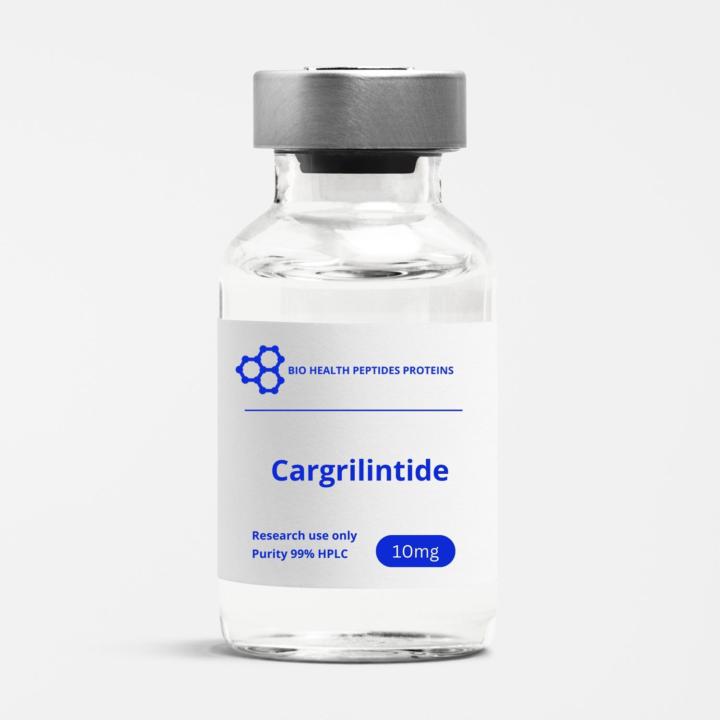Activity
Mon
Wed
Fri
Sun
Nov
Dec
Jan
Feb
Mar
Apr
May
Jun
Jul
Aug
Sep
Oct
What is this?
Less
More
Memberships
Optimized Living
1k members • Free
The Peptide Daily Brief
285 members • Free
Bio Health Peptides Proteins
289 members • Free
Project Biohacked
6.7k members • Free
Pep Talk - For Better Health
1.7k members • Free
Biohacking Peptide Playground
1.7k members • Free
Peptide Price
5.4k members • Free
Exploring Peptides Community
7.2k members • Free
1 contribution to Bio Health Peptides Proteins
Cargilintide - GLP’s little helper
Cagrilintide is a long-acting amylin analogue developed by Novo Nordisk. It mimics the effects of the natural hormone amylin, which is secreted alongside insulin to help regulate: - Appetite and satiety - Gastric emptying - Post-meal glucose levels What makes Cagrilintide unique is that it works through the amylin and calcitonin receptor systems—not the GLP-1 receptor—giving it an entirely different mechanism for appetite regulation and metabolic control. Why It Works When GLP-1s Stop When stopping GLP-1 drugs like Tirzepatide, Semaglutide, or Retatrutide, many people experience: - Rebound hunger - Fat regain - Blood sugar swings - Energy crashes This happens because long-term use of GLP-1 drugs often leads to GLP-1 receptor fatigue—your body stops responding the same way. Cagrilintide bypasses this pathway and provides continued support through a separate signaling system, helping maintain satiety and metabolic control during the transition. How Incretin Signaling Fatigues Incretins like GLP-1 and GIP are gut hormones that enhance insulin, suppress glucagon, slow digestion, and signal fullness. GLP-1 agonist drugs amplify this effect to suppress appetite and stabilize blood sugar. However, with extended use, these receptors can become desensitized. When GLP-1 is removed, the body struggles to regulate appetite on its own—leading to rapid weight rebound and increased cravings. Cagrilintide offers a clean exit or reset by activating a completely different system—buying time for GLP-1 receptor sensitivity to naturally return. Cost-Effective Reset Strategy For those using Tirzepatide, Cagrilintide offers a cost-effective strategy to preserve results without continuing high-dose GLP-1s. Here’s how: - Stop Tirzepatide temporarily - Use Cagrilintide for 4 weeks (titrate slowly) - Reintroduce Tirzepatide at a lower dose - Scale only if needed This approach helps restore receptor sensitivity, maintains appetite control, and reduces the overall cost of long-term peptide cycles. It’s also easier on the body and provides a break from incretin-based overload.

1-1 of 1


